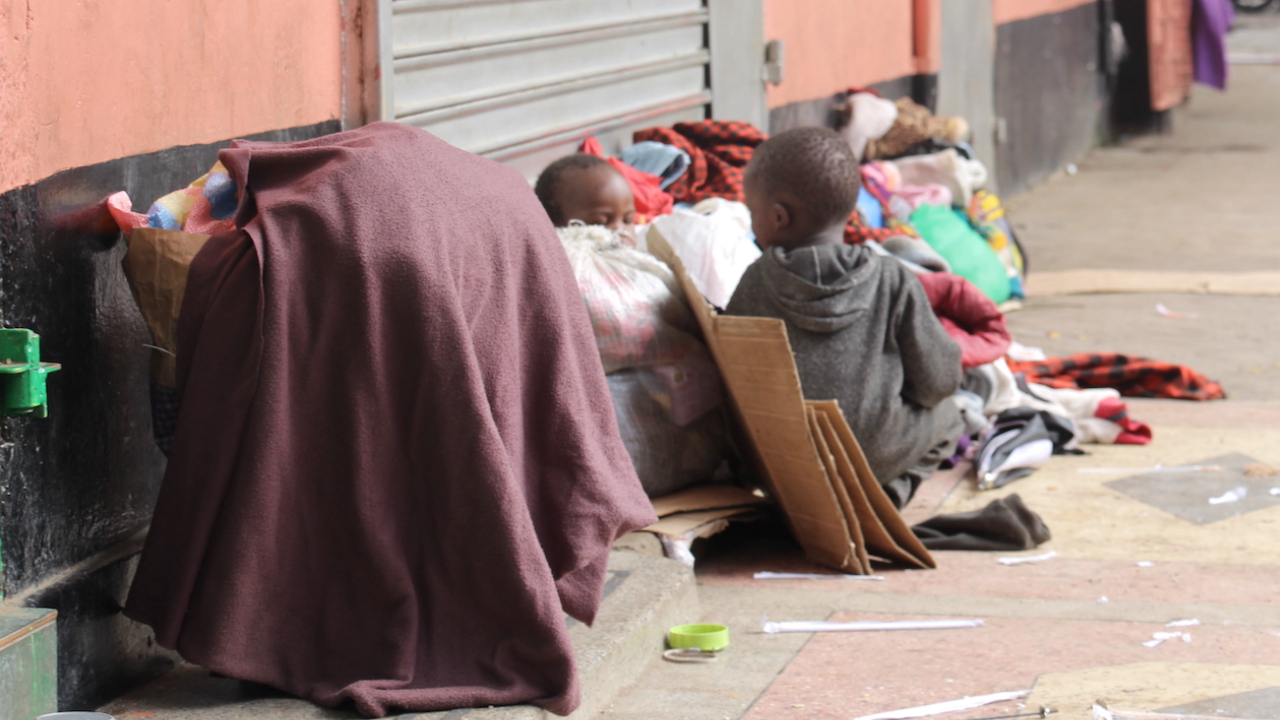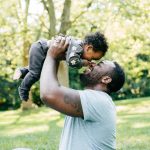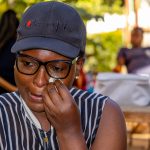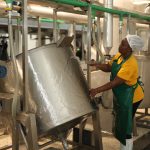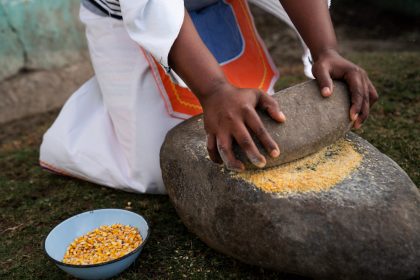The homeless man with dreadlocks had a small plastic bottle held with his teeth, and both hands had a baby wrapped in pieces of dirty clothes and blankets
No one chooses to be born on the streets, and no mother would choose this life for her child. Unfortunately, it is the harsh reality of many Kenyans. The 2019 national census found that there were more than 46,000 street children and families, with some estimates suggesting the number could be as high as 300,000. The numbers skyrocketed after the 2020 pandemic.
Key among the challenges they face include access to nutrition. Research shows that homeless mothers with infants on the streets are at higher risk of starvation. Another challenge is drug addiction to numb out the harsh realities they face daily. The list of the challenges street families go through, particularly women and children is very long but these two stood out with this mum whose story I am going to tell.
It was a cold rainy night. I remember because I had worn my turtleneck thermal underneath my scrub top, and on top, a jumper and lab coat. The hospital was busy despite the rain, and we had many admissions that night. As every crazy call goes, there is normally that moment when numerous, urgent admissions come at once.
On this particular shift, I was resuscitating a child with a known cardiac condition who had suddenly decompensated and was pulseless and not breathing. On the next bed, we had a child who had not stopped seizing for the last hour despite giving all medications to the maximal doses and we needed an urgent ICU admission. On the next bed, a young boy and his mum had just come in from Northeastern Kenya, with severe acute malnutrition, complicated with diarrhoea and he was in hypovolemic shock.
As the nurses and I tried our best to manage the situation, we heard a commotion outside of the acute room. Mothers who had taken hours putting their sick children to sleepwalked out of their rooms, annoyance and frustration plastered all over their faces. The children had woken up too, many still groggy with sleep. A few older ones tagged behind their mothers, curiosity and fear gleaming in their eyes.
A large group of homeless people had just walked in, causing a stir within the ward. Two of them were leading the crowd, the first one, was a short lady with a leso tied around her waist and a roughly shaven head, looking apprehensive. She was the child’s mother.
Standing next to her was a much taller, rough-looking man, with a large frame, short dirty dreadlocks, and a small plastic bottle in his mouth which he seemed to be holding in place with his teeth as both his hands were occupied by a bundle of what seemed to be baby wrapped in many layers of pieces of dirty clothes and blankets.
They were causing a scene, demanding to see the doctor and the night guard was trying his best to control the group of about eight or nine. Some nurses joined the guard to manage the situation, but they would not budge until I saw the baby. Most were high on glue, and it was almost impossible to convince them to wait for a few minutes.
Luckily, we had stabilised all the patients in the acute room and just as I was about to sit down to update the patient notes and write consultations for the paediatric ICU for the other children, when, without any warning, the man with the dreadlocks rushed into the acute room, signalling me something bad was happening to the baby. The child’s mother rushed in after him but stood some steps back. The child had started convulsing, and we placed him on one of the free beds in the room.
He was little for his age, with big round curious eyes, his whole body covered with soft hair, one of the most beautiful babies I had ever seen. Despite being very sick, there was a tranquillity about him, rare to find in sick children. Other than the convulsions, the child suffered chronic malnutrition.
We quickly managed him for the acute presentation, took the necessary samples and sent them to the lab. Afterwards, I sat down to get the history from the mother, who still wore a frightened look on her face. Although she smelled of alcohol, she was coherent and honest. Sensing the fear and guilt in her voice, I tried my best to make her comfortable.
One of the skills you quickly pick up working in a paediatric unit, particularly one that is this intense, is the art of surveying every child even as you are talking to the mother or guardian, updating notes or doing anything else.
As I continued asking his mother questions, I noticed he would draw a sharp quick breath, then there was no chest rise for many seconds, before drawing another sharp quick breath. I quickly jumped up and called the nurse for help, transferred the boy to the resuscitation table and we began CPR.
The mum stood timidly a few steps behind me, shaking, glued to the floor. Another nurse persuaded the mother to leave the room. Despite all efforts, the child passed away. Most people, already by the look on the doctor’s face can usually tell but still hold on to threads of hope that the words out of your mouth are not news of death.
I looked at the elderly nurse pleadingly, wishing we could reverse roles, and she would be the one to break the news. She gave me a kind smile and nudged me to tell her. “The sooner you do it Daktari, the better.’’ She whispered as she walked to get the book where we documented all deaths, leaving me alone with the distraught mother, who was still looking at me with diminishing hope.
I gathered courage and broke the news to her. She continued standing in the same position, now, all hope gone from her eyes and tears occupying the space hope had. She looked at her son’s body, then back at me, then looked at him again and back at me, then in a muffled voice she asked, “Did I cause this?” I could see the self-blame moving in and occupying a permanent position in her psyche.
“Doc,” she had finally said after a long silence, “You know the streets are rough. I’m not trying to absolve myself, but there were many nights that I couldn’t breastfeed him. I had nothing. There were many nights I forgot to feed him because I was high and drunk. I also didn’t cover him enough in this rainy weather.
Honestly, I tried to go through dumpsters for clothes, but I couldn’t find much. You know the streets are rough.” I had tried to encourage her; to convince her it was not her fault. The elderly nurse took over from me and sat with her, summoning all the maternal affection she could gather at 4am, but no matter what we said, we couldn’t erase the guilt she felt.
A week later, we met on my way out of the hospital one evening when I felt someone tap me. She didn’t smell of alcohol. She told me they had come to the morgue to finish the process. I told her she looked happier and better than she was. She told me she was doing better and finished with “Thank you,” then smiled and casually rejoined the same group she had come with to the hospital on that cold rainy night.



